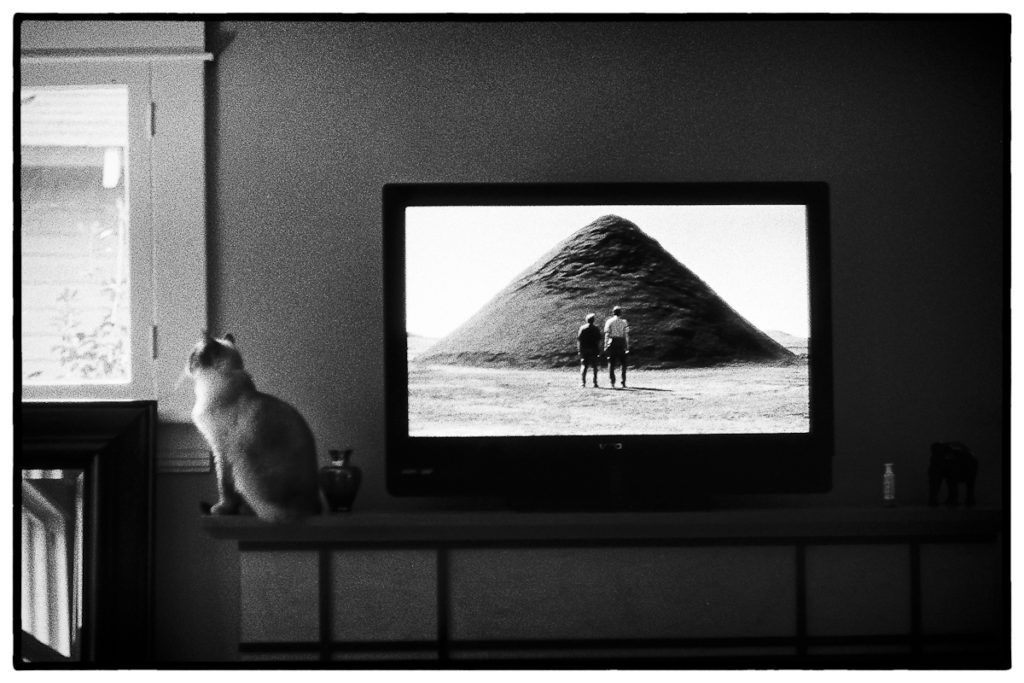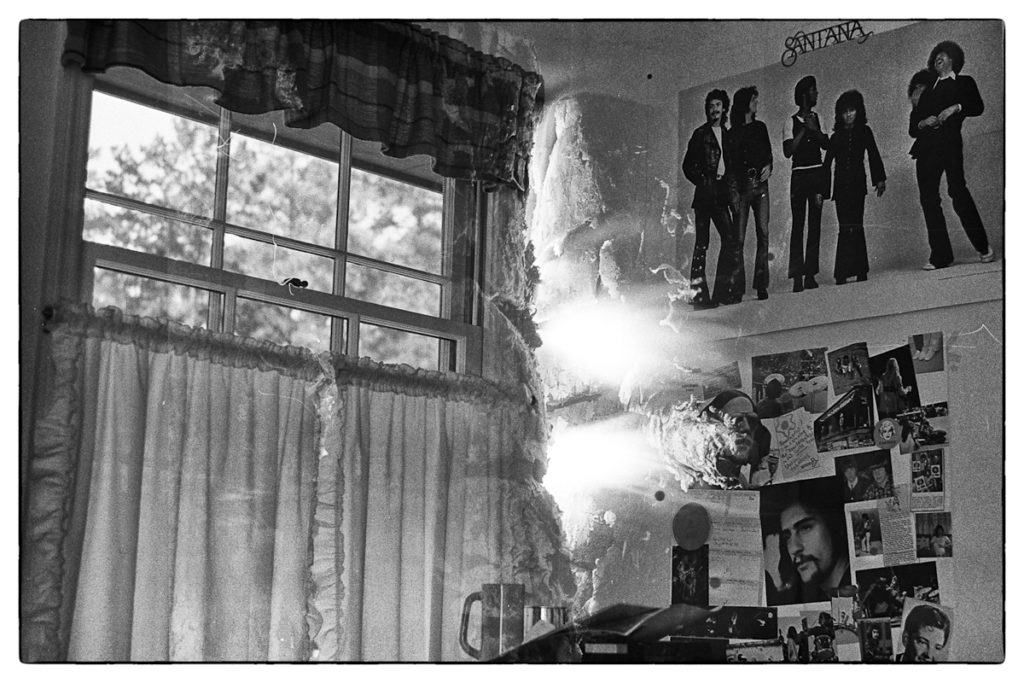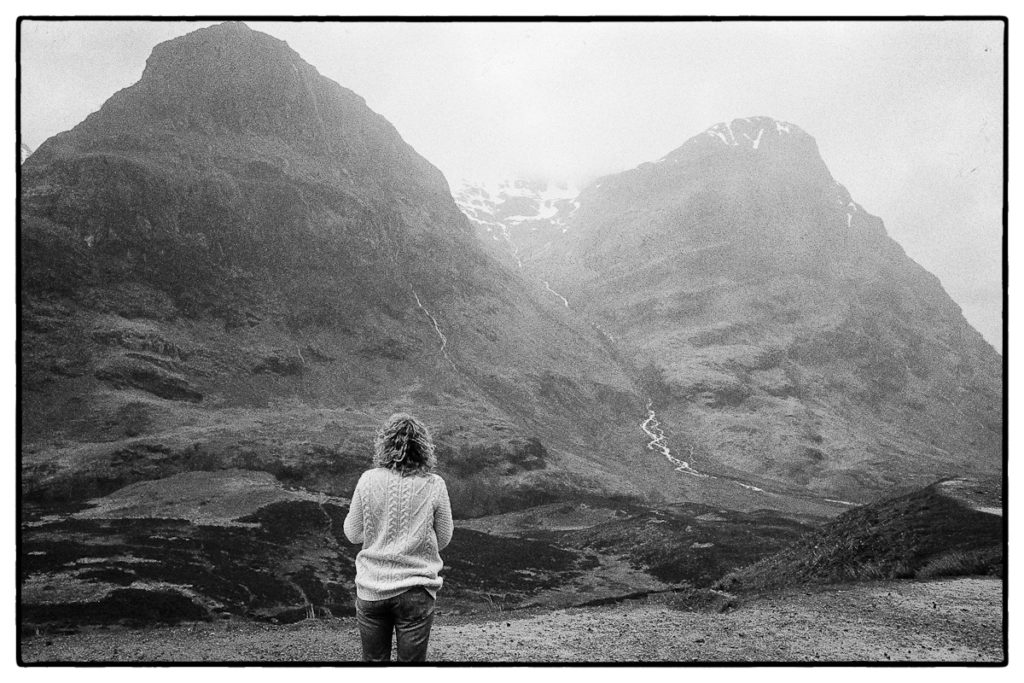This isn’t “just” a Photo of my cat Sitting next to my TV. Freud would say its an X-Ray of My Psyche
One of the more interesting places I’ve visited is the psychoanalytic office of Sigmund Freud at 19 Berggasse in Vienna, interesting for me, at least, because it was one of the few places in Vienna I found interesting (nothing against Vienna; just personal preference. Vienna is just a little too clean and orderly for my tastes. I much prefer more down at the heels – e.g. Marseilles, Naples, Detroit). What immediately struck me were the photos that hung on the walls. Freud clearly had a thing for photography. A connoisseur of art, Freud adorned his walls with both photos and paintings and covered his shelves with various cultural knick-knacks. It’s important to remember that Freud’s psychoanalytic theories took shape and matured during the early years of photography, and, as I suspected while visiting his office, photography formed more than a casual influence on his thought.
Jean-Martin Charcot, an important mentor of Freud, used photography to record and study seizures and hysterical expressions and postures. Likewise, G.-B. Duchenne, neurologist and electrophysiologist who worked with Charcot, sought to understand neuropsychiatric patients via photographs of their faces and body postures. Freud owned the 1876 French edition of Duchenne’s Human Physiognomy, where Duchenne had published his studies. Duchenne’s photographs profoundly shaped Freud’s thinking; Freud repeatedly used the metaphor of photography—the photographic negative, in particular— as a means to illustrate his theory of the unconscious.
Mary Bergstein, Professor at the Rhode Island School of Design, suggests that “photography penetrated the cognitive style of Freud and his contemporaries,” and “documentary photography—of art and archaeology, but also of medicine, science, and ethnography—influenced the formation of Freudian psychoanalysis.” For Freud, the fragmentary and evocative nature of photography mirrored how human memory works; the mind’s eye, both conscious and subconscious, mimics the photographic lens.
************
A Deliberate Double Exposure: My 12 y/o Attempt at Profundity, circa 1970. God only Knows what Freud Would Make of It
A more interesting issue, apart from Freud’s use of photography as metaphor, is his understanding of the ontology of the photograph i.e. what is a photograph? In Freud’s era, photographs were viewed as transparent windows revealing objective truth but at the same time were thought to be subjective and dreamlike. A photo of a ruined temple, while depicting a specific place, also conjured loss, oblivion, the highly emotional reminders of the passage of time. This produced a lot of really bad, pretentious photography (google “Alfred Stieglitz” for further details).
For Freud, far from simply producing a transparent image of reality, photographs manifested what cultural theorist Walter Benjamin called the “optical unconscious,” a term Benjamin coined to denote the visual depiction of unseen, the terrain of the imaginary. Benjamin’s concept raises the issue of the photographer’s unconscious communication. The ruined temple photo, for example, while conjuring loss, oblivion, time passing or whatever for the viewer, Freud saw also as giving entry into the coded language of the photographer’s psyche. Photography captures scenes that pass too quickly, too remotely, or too obscurely for the subject to consciously perceive. However, Freud would say that our unconscious – which is the real seat where our personal truth is found – takes in everything. The camera pictures phenomena that the photographer has unconsciously registered but not consciously processed.
Think of your unconscious as the curator of your photography. There are no accidents in photography. According to Freud, everything we present in our photos has been screened and found compelling by our unconscious psyche. Every one of your photos is your optical unconscious made visible, demonstrating the reach and complexity of your unconscious perception and, properly analyzed, gives access to the hidden psychological realities that animate you, including the style and structure of your perception, and the more nebulous regions of your psyche.
Views: 1831



